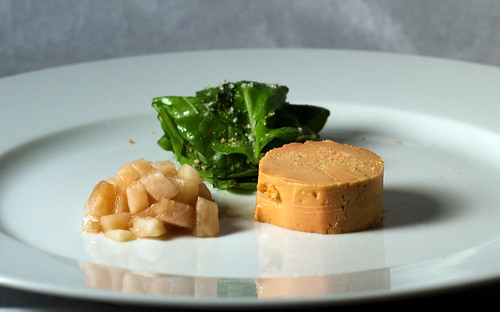Niacin Raises HDL, Lowers LDL, VLDL & Triglycerides
Niacin, also known as vitamin B3, seems to be one of the most efficient ways of improving cholesterol levels. Specifically, it raises HDL while lowering LDL, VLDL and triglycerides. The changes may be quite dramatic, depending both on your cholesterol status before taking niacin and the amount of niacin.
Since there are too many papers on niacin and cholesterol to write a detailed analysis of each one, this post will be a summary review of the data out there. Two separate problem areas of cholesterol are discussed: high LDL and low HDL.
Niacin and high LDL
High LDL levels are associated with hyperlipidemia, which is really just a fancy name for raised cholesterol levels. There are different types of hyperlipidemia, each of which is different in terms of what is causing the problem and which lipoprotein is increased. For example, in type IV hyperlipidemia it's the very-low density lipoprotein (VLDL) that is raised due to high triglycerides.
Wahlberg et al. studied the effects of nicotinic acid (which is the same thing as niacin) on patients with type IIa, IIb or type IV hyperlipidemia, all of which are marked by raised LDL and/or VLDL levels. They found that 4 grams of niacin daily decreased triglycerides, LDL and VLDL, while HDL and HDL2 increased by 37% and 135%, respectively.
Seed et al. report similar effects. When patients with type II hyperlipidemia were given 1 gram of niacin, total cholesterol dropped by 16.3%, triglycerides dropped by 25.5%, and LDL by 23.7%. HDL increased by 37.3%.
According to McKenney et al., both atorvastatin (a statin drug used to lower cholesterol) and niacin reduced VLDL particles. Whereas atorvastatin was more effective in reducing the number of LDL particles, niacin was more effective in increasing the size of LDL particles. Niacin also increased HDL levels.
Niacin and low HDL
In a way, low HDL is just the other side of the cholesterol coin. Since looking at the HDL/LDL ratio is more useful than just looking at either one in isolation, you could say that any time the ratio is too low, there's a deficiency of HDL. However, what is meant by a HDL deficiency is a situation where HDL levels are very low, regardless of how high LDL levels are. HDL deficiency is also known as isolated hypoalphalipoproteinemia.
Zema studied patients with atherosclerotic disease and HDL deficiency. They were given either niacin, a cholesterol drug called gemfibrozil, or a combination of the two. With gemfibrozil, HDL increased by 15%. With 2,250 mg niacin, HDL increased by 35%. The combination of the two resulted in an increase of 45%.
Sposito et al. report that in patients with HDL levels lower than 35 mg/dL, a combination of etofibrate and niacin increased HDL by 48%. The increase from niacin alone was a third of that seen with the combination. It's worth mentioning that etofibrate itself is hybrid drug that combines clofibrate and niacin.
Elam et al. looked at patients with peripheral arterial disease, some of whom also had diabetes. Mean HDL in patients with and without diabetes was 39 mg/dL and 42 mg/dL, respectively. When given 3,000 mg niacin per day, HDL increased in both groups by 29%. Triglycerides decreased by 23% and 28%, respectively, in patients with and without diabetes. LDL decreased by 8% and 9%.
Conclusion
Niacin is effective in correcting unhealthy cholesterol levels. In patients with high LDL, niacin decreases LDL, VLDL and triglycerides while raising HDL. The VLDL-lowering effect seems to result from niacin's ability to increase the size of LDL particles.
In patients with low HDL, niacin with or without cholesterol-lowering drugs increases HDL and decreases triglycerides. Doses in these studies were high, ranging from 1 gram per day to 4 grams per day, which resulted in the unpleasant itching sensation known as the "niacin flush" in many patients.
For more information on cholesterol, see these posts:
Intermittent Fasting with a Condensed Eating Window – Part II: Blood Pressure, Body Weight & Cholesterol
Coconut Lowers LDL, VLDL and Triglycerides, Raises HDL
How Does Fructose Affect Triglyceride and Cholesterol Levels?
The Effects of a High-Fat Diet on Health and Weight: Does It Raise Cholesterol?









0 kommenttia:
Post a Comment